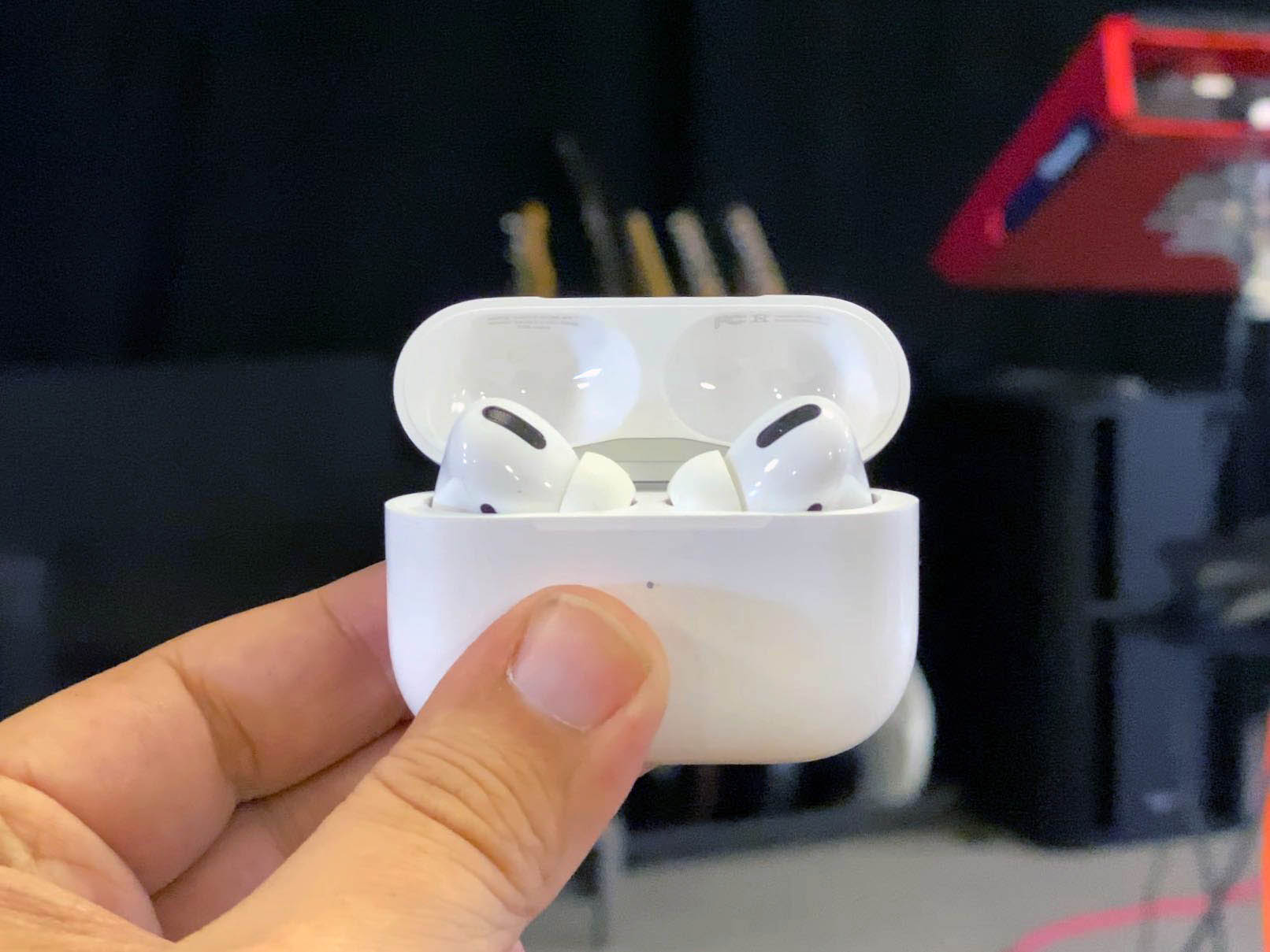How AirPods Pro proved Apple could be secretive without destroying products and people

What you need to know
- Apple reportedly opened itself up to new levels of collaboration when creating AirPods Pro.
- Apple is known for secrecy and that extends inwards, preventing teams from sharing information.
- A new report by one of the people who worked inside Apple says things changed with AirPods Pro.
Apple, a company infamous for its secretive product development cycles, changed everything when it decided to work on a pair of noise-canceling earbuds. According to one of the people involved in the decision to think different, the result was the hugely popular AirPods Pro's 2019 release.
Chris Deaver, a former Apple HR manager who has written about the development of AirPods Pro for Fast Company, says that it was a move away from secrecy that made the earbuds possible.
Normally, Apple products are designed in a vacuum. Engineers aren't allowed to talk to other engineers about what they're working on, often causing problems down the line. It wasn't just a technical problem, either. Deaver says it was a personal one, with Apple employees finding themselves stuck in the middle and HR getting involved over something that could have been avoided — people not sharing information.
But this culture of secrecy had its dark sides. Hoarding of critical information. Pushing personal agendas. Infighting. As a new HR business partner, I was often pulled into these escalations. And it was usually about "that team not sharing."
With Apple having historically been a company that worked in smaller teams, as Deaver puts it, it was decided that something needed to change with the development of AirPods Pro. Deaver and others inside the company found out that engineers working on camera technology were sharing ideas, something that to nobody outside Apple's surprise, worked. Then that was applied to the team working on AirPods Pro.
We discovered "The Camera Braintrust" (as in iPhone camera, or the cameras in any hardware devices), or "CBT," and applied these key ingredients: a weekly cross-staff transparency session, focusing on a vulnerable or open approach to sharing challenges they were facing. Each leader and team with a voice, each sharing exactly where they were in their development, and what they needed from the other teams. This led to cycles of innovation that had accelerated the camera technology to new heights, making it the gold standard of collaboration.
Deaver goes on to say that once the AirPods Pro team began being more open with each other, sharing ideas and holding regular meetings, things improved.
What happened next was amazing: As teams converged with leaders becoming more open, connected, and driving higher quality collaboration than ever before. We spent time coaching, collaborating, and influencing key leaders and engineers driving the next frontier of AirPods. What emerged was a braintrust with regular sessions, openness, and connection that brought to life the insanely great, noise-canceling AirPods Pro. It was a testament to innovation, but also to the power of sharing. Yes, sharing could be done in the context of secrecy.
The result was the best iPhone earbuds you can buy today — and it sounds like it all happened thanks to Apple's teams learning something we teach our kids at a young age — sharing is good!
Of course, with such a shift in culture, someone had to give the new approach a name. That name? "Different Together."
iMore offers spot-on advice and guidance from our team of experts, with decades of Apple device experience to lean on. Learn more with iMore!
You can read the full, lengthy piece over on Fast Company to learn more about how the whole shift went down.

Oliver Haslam has written about Apple and the wider technology business for more than a decade with bylines on How-To Geek, PC Mag, iDownloadBlog, and many more. He has also been published in print for Macworld, including cover stories. At iMore, Oliver is involved in daily news coverage and, not being short of opinions, has been known to 'explain' those thoughts in more detail, too.
Having grown up using PCs and spending far too much money on graphics card and flashy RAM, Oliver switched to the Mac with a G5 iMac and hasn't looked back. Since then he's seen the growth of the smartphone world, backed by iPhone, and new product categories come and go. Current expertise includes iOS, macOS, streaming services, and pretty much anything that has a battery or plugs into a wall. Oliver also covers mobile gaming for iMore, with Apple Arcade a particular focus. He's been gaming since the Atari 2600 days and still struggles to comprehend the fact he can play console quality titles on his pocket computer.
